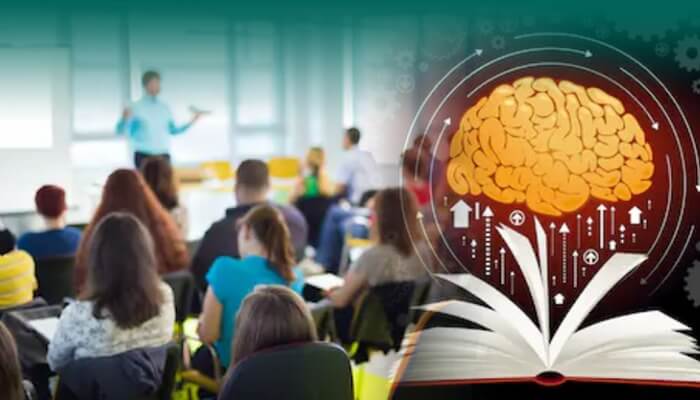CG Insights
Explore the latest trends and insights in technology and culture.
Transforming Chalkboards into Classrooms of Tomorrow
Revolutionize learning! Discover how to turn outdated chalkboards into inspiring classrooms of tomorrow with innovative tips and creative ideas.
Harnessing Technology: How to Upgrade Your Chalkboard into an Interactive Learning Space
As educational environments evolve, harnessing technology has become essential in creating engaging and interactive learning spaces. Upgrading your traditional chalkboard into an interactive platform can enhance student participation and facilitate better learning outcomes. Start by introducing interactive whiteboards that allow teachers to project digital content, share multimedia elements, and even draw or write notes in real-time. These boards can be paired with tablets or laptops, enabling students to collaborate on assignments directly on the screen, fostering a dynamic educational atmosphere.
In addition to interactive whiteboards, consider incorporating educational software that supports gamification and interactive lessons. Platforms like Kahoot or Quizizz allow educators to create engaging quizzes that can be displayed on the board for the entire class. Virtual reality and augmented reality tools can provide immersive experiences that transcend traditional teaching methods. By upgrading your chalkboard setup to include these advanced technologies, your classroom becomes a hub of innovation and engagement, ultimately laying the groundwork for a more effective learning environment.

The Future of Education: Transforming Traditional Classrooms with Innovative Tools
The future of education is rapidly evolving, driven by the integration of innovative tools that are transforming traditional classrooms into dynamic learning environments. With the advent of technologies such as virtual reality, artificial intelligence, and gamified learning platforms, educators have the unique opportunity to engage students in new and exciting ways. For instance, virtual reality allows students to explore historical sites or complex scientific phenomena without ever leaving their classroom, offering immersive experiences that enhance understanding and retention.
In addition to technological advancements, the classroom experience is also becoming increasingly collaborative. Online platforms and tools facilitate real-time communication and feedback between students and teachers, breaking down geographical barriers and fostering a sense of global community. As we embrace the future of education, it is essential for educators to adapt their teaching styles and incorporate these innovative resources. By doing so, they not only prepare students for a competitive job market but also foster skills such as critical thinking, creativity, and adaptability that are crucial for success in the 21st century.
What Are the Best Strategies to Revitalize Chalkboards for Modern Learning Environments?
Revitalizing chalkboards in modern learning environments requires a blend of creativity and practicality. One effective strategy is to incorporate colorful, erasable markers that bring vibrancy to traditional boards. This not only engages students but also allows for flexible learning experiences. Furthermore, introducing interactive elements such as digital overlays can enhance the chalkboard's functionality. For instance, educators can project visual aids or digital content onto the chalkboard, creating a dynamic learning space that caters to diverse learning styles.
Another critical approach is to ensure that the chalkboard setup promotes collaborative learning. Teachers can implement multi-panel chalkboards or mobile boards that encourage group discussions and brainstorming sessions. Additionally, regular maintenance and upgrading of surface materials, such as applying a fresh coating or using magnetic chalkboard paint, can significantly improve usability. Implementing training workshops for educators on innovative uses of chalkboards can also empower teachers to utilize this classic tool effectively in modern classrooms.